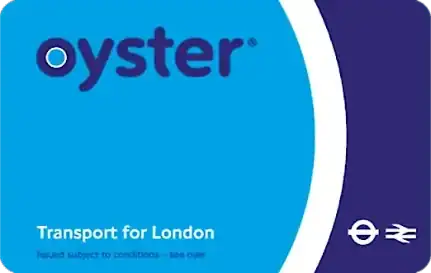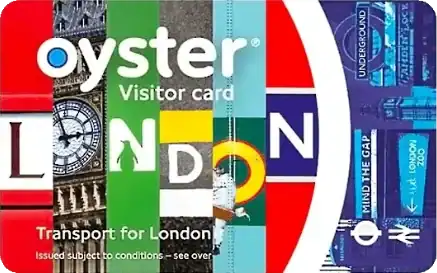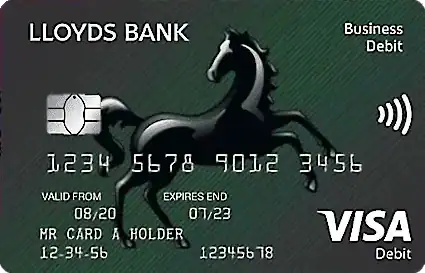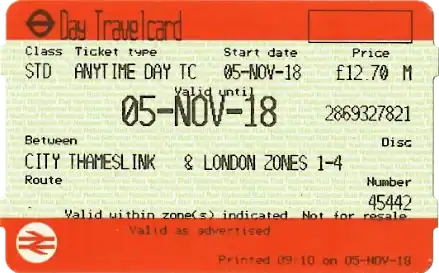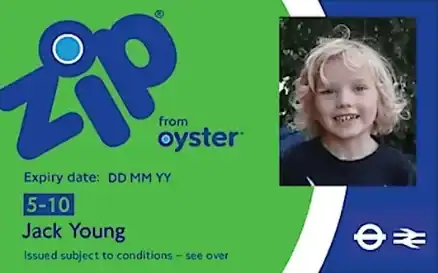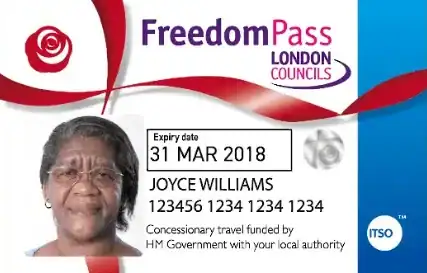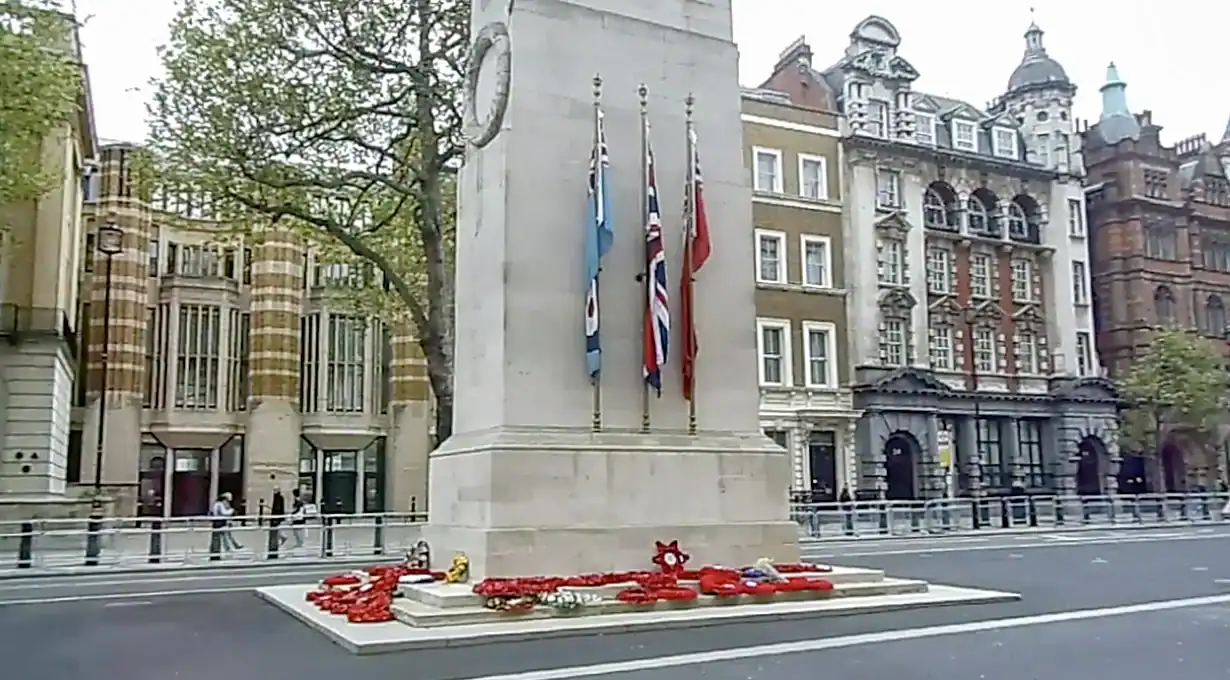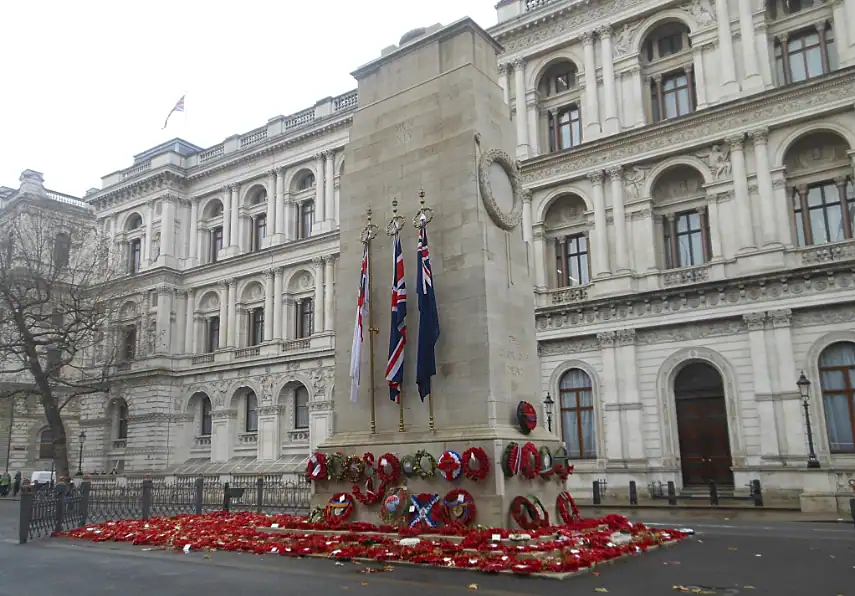 Photo: londondrum.com
Photo: londondrum.comWe stopped shooting each other on the 11th November 1918 but the official peace had to wait until they signed the Treaty of Versailles in June 1919. And it was during the run up to this ‘Peace Day’ that the British and French governments started planning their big victory parades through the streets of London and Paris.
The French decided to include a temporary monument by the side of theirs so their soldiers could stop and salute the war dead, and when David Lloyd George caught wind of the idea he liked it so much that he asked the architect Sir Edwin Lutyens to come up with something similar for London.
The architect Sir Edwin Lutyens
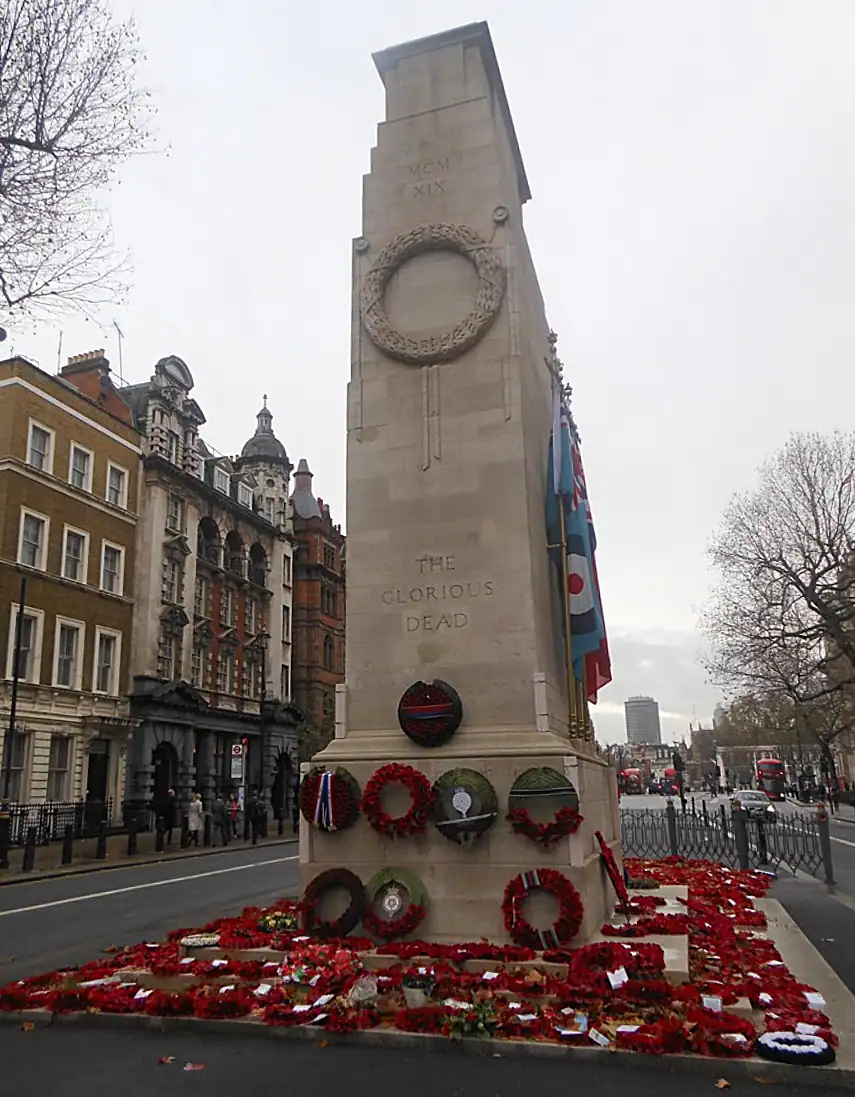 Photo: londondrum.com
Photo: londondrum.comWith only a short time to go before the big day the best he could do was a simple structure made of wood and canvas, fashioned to look like stone with whitewashed plaster. It was only supposed to stand for a week but what happened next caught the government completely by surprise, because this temporary little tower immediately became a place of pilgrimage for more than a million mourners.
Before the Cenotaph came along most of our war memorials had been built to celebrate a victory (think of all the monuments and columns we’ve got for the likes of Admiral Nelson and Wellington).
The lowly nobody soldiers were usually buried on a foreign battlefield and there was nowhere close to home for their loved ones to go. So this Cenotaph (or ’empty tomb’) became a substitute for their grave, and the public pushed for it to be made permanent.
The government quickly agreed but worried that the traffic might interfere with its solemnity and wondered whether it might be better erecting it in Parliament Square or Horse Guards Parade.
The Cenotaph war memorial today
I’ve always thought it was a shame they didn’t persevere with this idea because the horse and carts of 1919 have turned into lumbering lorries and thundering buses and the only salutes on show this morning are of the two-fingered variety (the road rage kind) as the cyclists get cut up by the cars. I can’t see any glinting medals either – just the glinting glass of a gigantic camera that’s been set up to watch the politicians coming out of Downing Street.
A lot of the poppy wreaths have pooled up with stale rainwater and they look like forgotten dog bowls outside a pub.
 Photo: londondrum.com
Photo: londondrum.comI also recommend… If you enjoy this then try Churchill War Rooms (you can walk it in less than 3 mins) and Downing Street (you can walk there in less than 1 min). You might also like to visit the Tomb of the Unknown Soldier at Westminster Abbey. Or how about attending the Remembrance Day Parade in November?
How to get to Cenotaph
| Fare zone | Cash | Oyster & Contactless | Travelcard | ||||
|---|---|---|---|---|---|---|---|
| Single fare | Single fare | Daily cap | One day | ||||
| Peak | Off-peak | Peak | Off-peak | Anytime | Off-peak | ||
| Bus (all zones) | n/a | £1.75 | £5.25 | £6 | |||
| Train (zone 1) | £7 | £2.90 | £2.80 | £8.90 | £8.90 | £16.60(zone 1-4) | £16.60(zone 1-6) |
| Train (zone 1-2) | £7 | £3.50 | £2.90 | £8.90 | £8.90 | ||
| Train (zone 1-3) | £7 | £3.80 | £3.10 | £10.50 | £10.50 | ||
| Train (zone 1-4) | £7 | £4.60 | £3.40 | £12.80 | £12.80 | ||
| Train (zone 1-5) | £7 | £5.20 | £3.60 | £15.30 | £15.30 | £23.60(zone 1-6) | |
| Train (zone 1-6) | £7 | £5.80* | £3.80* | £16.30 | £16.30 | ||
| * Journeys between zone 1 and Heathrow are always charged at the peak rate. Prices are correct as of | |||||||
Related articles and events
Search for parades in London, parades today, tomorrow, this weekend and during April and May, or see what’s on in Westminster
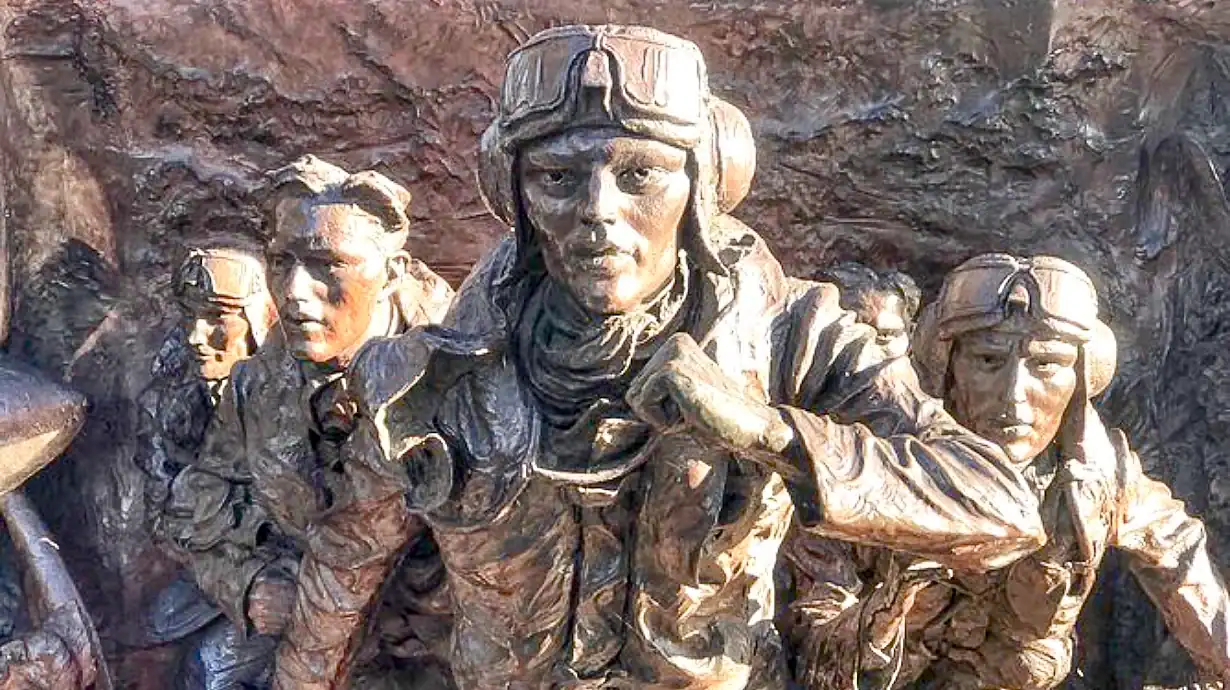
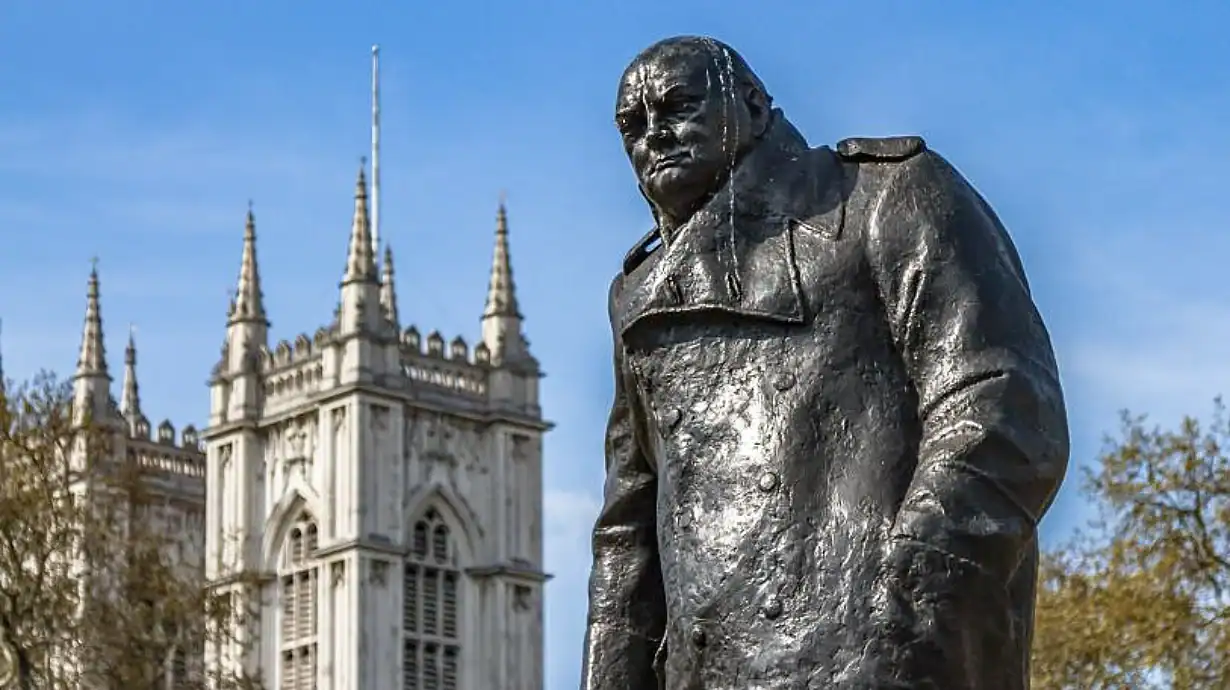
 Twitter
Twitter Facebook
Facebook Bluesky
Bluesky WhatsApp
WhatsApp Email
Email